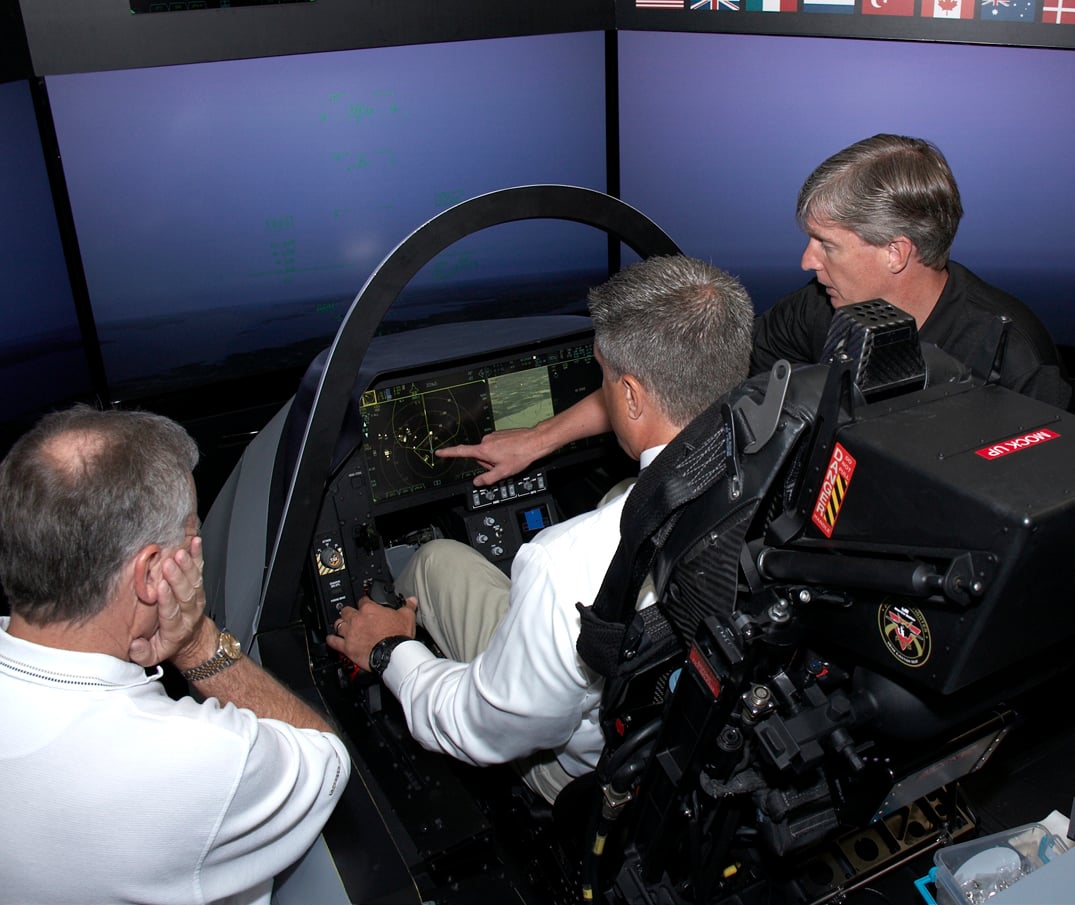
An Unmanned Joint Strike Fighter?
CRYSTAL CITY, VIRGINIA — Three nautical miles from an amphibious assault ship, I toggled a small button labeled “STOVL,” or short…
Copyright 2024 U.S. Naval Institute. All Rights Reserved.